The Humane Society of the United States estimates that over 2 million puppies are sold per year from puppy mills. This staggering statistic doesn’t even account for adult puppy mill dogs that are dumped at shelters and adopted out.
In other words, it’s highly likely that you know a puppy mill dog.
While rescuing a puppy mill dog is a great step when done through reputable shelters or rescues, there’s a lot you should consider before taking on a puppy mill pooch.
After spending time working at Denver Dumb Friends League, the fourth-largest animal shelter in the U.S., I’ve seen firsthand just how tough it can be to adopt and work with puppy mill dogs.
Let’s look at the challenges of adopting a puppy mill rescue dog to help you decide if you’re up for the challenge.
Frequently Asked Questions About Puppy Mill Dogs
Let’s start off with some rapid-fire questions and answers about puppy mill dogs. That way, we’re all on the same page!
What Is a Puppy Mill?
The term puppy mill describes a large-scale breeding operation. Think of a farm, but specifically for dogs. Some puppy mills specialize in one or two breeds, while others create mixed breeds and designer mixes.
Smaller dogs are often stacked on top of each other in cages, whereas larger dogs may be in open-air runs.
The biggest hallmark of a puppy mill is its emphasis on profit and volume over the welfare and health of the dogs.
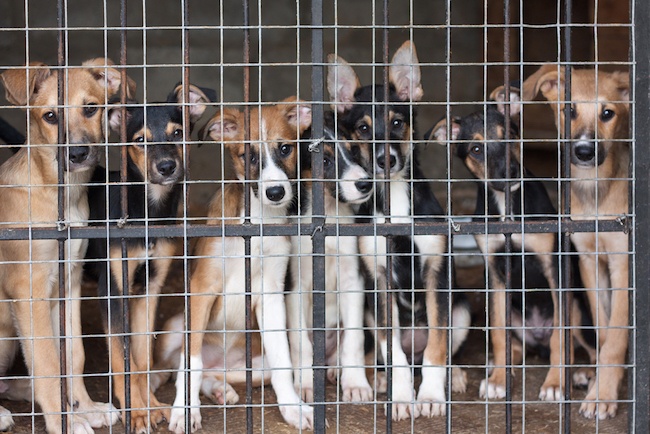
Why are Puppy Mills Bad?
As we mentioned above, puppy mills put profits before the welfare of the animals.
Generally, the mother dogs never leave their cages and spend their whole lives producing puppies. It’s an incredibly cruel industry for the dogs.
Puppies are often drastically undersocialized and have poor genetics. The adults almost never get any veterinary care and often die young.
Good breeders will only breed the healthiest, strongest, most well-put-together dogs that they can find in order to produce the healthiest puppies. A puppy mill will regularly and continually breed dogs with genetic issues like eye, hip, knee, heart, and liver issues.
Generally, the toughest issues with these dogs are related to fearfulness and difficulty with housetraining, paired with poor genetics.
Now understand – there are absolutely amazing breeders out there if you would like a purebred puppy — but puppy mills, online puppy stores, and pet stores are not the places to purchase a puppy.
Are Puppy Mills Illegal?
Unfortunately, in many cases, puppy mills operate within the relatively lax guidelines of the USDA Animal Welfare Act. Any facility with more than five breeding pairs of dogs must obtain a license — but many do not do so. The penalties are low and the regulations are lax, so there isn’t much incentive to follow the rules.
For example, it’s within USDA regulations to house dogs in small, stacked wire cages with no access to toys, fresh air, or socialization. A USDA licensed facility doesn’t even need to provide a constant supply of fresh water to its dogs and puppies. Current regulations only require six inches of space around each dog in each direction.
There are no regulations concerning routine vaccinations, veterinary care, or grooming for legal puppy mills, either.
In short, just because a puppy mill is legal, doesn’t mean it’s ethical.
Are Pet Store Dogs from Puppy Mills?
Generally, yes.
No matter what the pet store says, if they don’t partner with a shelter, you’re almost guaranteed to be purchasing a puppy mill dog. PetLand, in particular, is notorious for selling puppy mill dogs.
No reputable small-scale breeder will sell their puppies in a pet store. In fact, it’s against the code of ethics for most breeder clubs to do so.
That said, PetCo and PetSmart (and some other pet stores) partner with rescues and shelters and serve as a storefront for shelter dogs. But for the most part, puppies sold in stores or online are from puppy mills.
Puppy Mill Dog Symptoms: How Can I Tell If My Dog Is From a Puppy Mill?
As a general rule, any dog purchased from a pet store or online is probably a puppy mill puppy.
Even if the pet store has USDA papers from a professional breeder or licensed facility, it’s probably a puppy mill — as we mentioned, the USDA is incredibly lax in its regulation of this industry.
But what if you don’t know where your dog came from? Many shelter dogs come with mysterious origins, or you may have purchased your dog from an acquaintance who didn’t divulge all the details.
It’s hard to say for certain that a dog is from a puppy mill just based on looks or behavior.
That said, many puppy mill dogs are poorly bred (meaning they often have bad teeth, eyes, or joints), fearful of new things, and difficult to housetrain. Not all flinchy and hard-to-housebreak dogs with bugged-out eyes or other odd physical traits are from puppy mills, but it’s not a good sign.

Of course, some puppy mill dogs turn out just fine. Just like some kids raised in neglectful or abusive homes turn out to be wonderful human beings with healthy relationships, a puppy mill pup is not doomed to be a difficult dog.
Are Puppy Mill Dogs Abused?
In a way, yes — but not generally how we think of “classic” abuse.
Puppy mill dogs generally spend their time crammed into cages with their own excrement, living a life totally devoid of play, toys, joy, or social interaction. While this may seem better than being beaten, it still constitutes a form of abuse in most of our definitions.
When puppy mill dogs are incredibly flinchy and fearful of new things, it’s probably not because they were hit.
Rather, they are highly “neophobic,” meaning they’re very scared of new things. This is common for adult dogs of all backgrounds, but well-raised dogs will have been exposed to more things as puppies. They may still be afraid of new things, but fewer things are new to them thanks to healthy socialization as puppies!
When I first brought my dog Barley home, he was scared of traffic cones and people in wheelchairs. Did I conclude that he was beaten by a guy in a wheelchair with a traffic cone? No.
I assumed he was probably raised in a quieter suburban or rural environment where he’d never seen those things before. Later when I got in touch with Barley’s original owner, I asked – and I was right.
The problem with puppy mill dogs is that they’ve never left a cage that’s smaller than a coffee table. Everything is new, and everything is scary.
There are ways to socialize adult dogs to alleviate some of these adult fears, but it’s not easy. A socialized puppy is a big advantage in raising a healthy, well-adjusted adult dog.
Are All Dog Breeders Puppy Mills?
No! There are excellent dog breeders working hard to produce the healthiest dogs out there. These breeders extensively train, temperament test, and health test their dogs.
They breed their dogs with a purpose in mind, generally to “better the breed” or to create high-powered sport mixes (such as Border Collie-Whippet crosses for the sport Flyball).
I’ll probably get my next dog from a breeder like this because I’m really interested in some highly specific sport goals for my next dog.
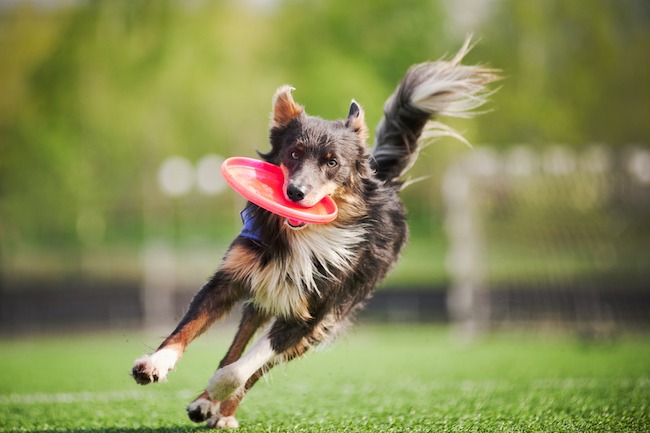
There are also less-reputable breeders, such as my neighbor who just lets her two gorgeous Huskies have litter after litter of cute puppies. This woman loves her Huskies very much, but she isn’t breeding her dogs for a purpose beyond having fun and making a bit of money.
While I personally disapprove of this sort of breeder (there are just too many shelter dogs to justify having puppies for fun), this is not a puppy mill, either!
A puppy mill is much more like a farm than either of the other two types of dog breeder. The dogs aren’t part of the family and the puppies aren’t sent to families that suit the puppy’s personality.
Rather, the puppies are shipped to a storefront or direct to the consumer from a website, often for similar prices to the other types of breeders but with profit in mind rather than welfare.
Is Purchasing a Puppy Mill Puppy the Same Thing as Rescuing a Dog?
Unfortunately, no – you shouldn’t confuse buying a puppy mill pup with rescuing a dog. It’s really easy to fall in love with a cute, sad ball of fluff in a pet store front. It’s so tempting to pay hundreds (or thousands) of dollars to rescue the precious pup from a life behind glass.
You feel like you’re saving her. You’re rescuing her. Right?
For that individual puppy, maybe. But unfortunately, purchasing a puppy to “rescue” her from a puppy mill only tells pet stores and puppy mills that what they’re doing works. The more money they make, the more dogs they’ll breed. And remember that behind each sad little ball of fluff is a mother, father, and countless sibling dogs that also suffered.
Unfortunately, purchasing a puppy mill dog really just means you are supporting puppy mills. Your purchase becomes part of the problem, even if you feel that you “rescued” that single dog.
If you want to help that puppy, go to a shelter and adopt a dog. You can even find a rescue that specializes in puppy mill dogs. Even better, you can donate to the Humane Society of the United States or Royal Society for the Protection of Animals to help combat puppy mills.
Are Puppy Mill Dogs Healthy?
A dog from a puppy mill can certainly be healthy, but it’s far less likely to be healthy than a dog from a good breeder or a reputable animal shelter.
Since puppy mills don’t require veterinary care, health screening, grooming, or vaccinations, disease outbreaks and genetic diseases are common.
While any dog can get sick and even the best breeders occasionally produce a puppy with a genetic abnormality, puppy mills are full of frequent, preventable health mishaps — like breeding dogs with chronic eye or hip issues.
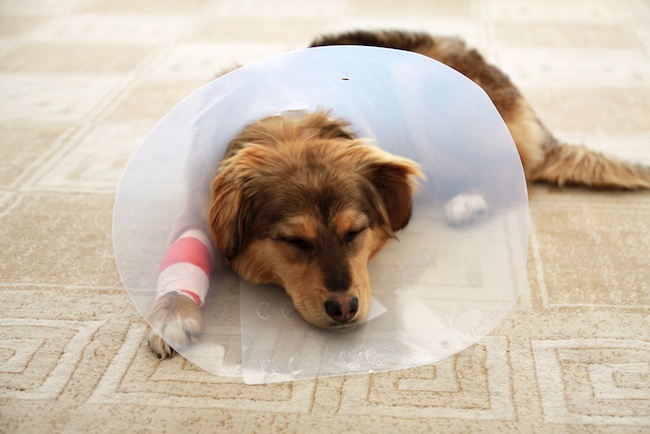
What Diseases Do Puppy Mill Dogs Have?
Given their inadequate veterinary care, puppy mill dogs can have almost any disease under the sun.
In just three years, puppy mills around the U.S. racked up over 2,000 warnings and inspection reports regarding the health of their puppies. And that’s just the licensed facilities.
The most common citations were for ear infections (455), eye discharge (432), dental disease (438), and mats in fur (386).
But more extreme cases of neglect and disease outbreak are also common.
For example, a licensed puppy mill in Kansas euthanized over 1,200 dogs in 2010 after a distemper outbreak could not be contained. Distemper is almost always fatal, but is preventable for adult dogs with adequate vaccination and should be preventable for puppies with adequate sanitization and housing.
Are Puppy Mill Dogs Aggressive?
Many puppy mill dogs are seriously undersocialized, making them much more scared of the world. This fear can often manifest in aggression.
Two studies support what shelter workers and dog trainers already have seen — puppies from pet stores and puppies separated from their litters at young ages (as is common with puppy mill dogs) often have a lot more problem behaviors.
The first study found that owners of pet store puppies reported “significantly greater” owner-directed aggression than owners of puppies from breeders. In other words, puppy mill dogs were more likely to be aggressive towards their owners.

The second study found that “The odds of displaying destructiveness, excessive barking, fearfulness on walks, reactivity to noises, toy possessiveness, food possessiveness and attention-seeking were significantly greater for the dogs that had been removed from the litter earlier during the socialisation period.”
Of course, some puppy mill dogs are sweet as can be and don’t have any behavior problems — but don’t count on it.
Learn 30 disturbing statistics about puppy mills!
What to Know Before Adopting a Puppy Mill Rescue Dog
For the purpose of this article, I’m going to assume that we’re talking about adopting an adult puppy mill dog from a rescue or shelter. If you’ve rescued a puppy, you may see some of the same things — or you may be able to counteract some effects with good socialization.
1. Expect a Long Road for Housetraining
Housetraining puppy mill dogs can be incredibly difficult. These dogs, from a young age, are forced to live in small cages with their own excrement. Once a dog learns that it’s OK to sleep in her own poo, it’s very hard to break the habit.
Patience, diligence, and lots of treats can teach your puppy mill dog to “go” outside, but this may take months or even years. With adult puppy mill dogs, you might never fully potty train your dog.

2. Your Puppy Mill Dog Might Always Be Skittish of Strangers and New Things.
There’s a lot that we can do to help teach your dog to be more confident around new things.
Reward-based training and learning theory tell us that we can reward our dogs for noticing “scary things,” and over time the food rewards will decrease your dog’s fear of those things.
But it’s hard, and it’s a long road.
For some puppy mill dogs, the world is just too scary to ever feel confident with strangers and new things. As soon as they step outside, they’re inundated with scary things — the whole world is like a haunted house.
Given what we know about stress hormones and the developing brain, it’s likely that puppy mill dogs have physically and chemically different brains than dogs with healthy puppyhoods.
3. You Need Patience, Treats, and More Patience.
Unfortunately, puppy mill rescue dogs need more than just love. Giving these dogs space and allowing them to comfort themselves is incredibly important.
Try not to take it personally if your new puppy mill dog is afraid of you – it may take longer to earn their trust than with normal dogs. In most cases, your puppy mill dog will eventually bond with you – but this might take months rather than hours.
Of course, time won’t heal all wounds for these dogs. Let your new dog adjust to her life, but be sure to use treats to show her that things are nice. Use the steps outlined in our article on socializing aggressive dogs to teach your new dog that the world isn’t so scary.
With puppy mill dogs, it’s important to think in terms of weeks, months, or years for fixing behavior problems — not hours or days.
The “treat and retreat” method is one of the most important training skills for owners of puppy mill dogs. This method involves tossing treats behind a scared dog so that she gets to retreat from the scary thing when she goes to get it. It’s much more effective than trying to coax her towards the scary thing!
4. Vet Care Might Be Extensive and Expensive
Almost all puppy mill dogs never really get proper veterinary care. Most adult puppy mill dogs will need some pretty serious remedial grooming and dental care, at a minimum.
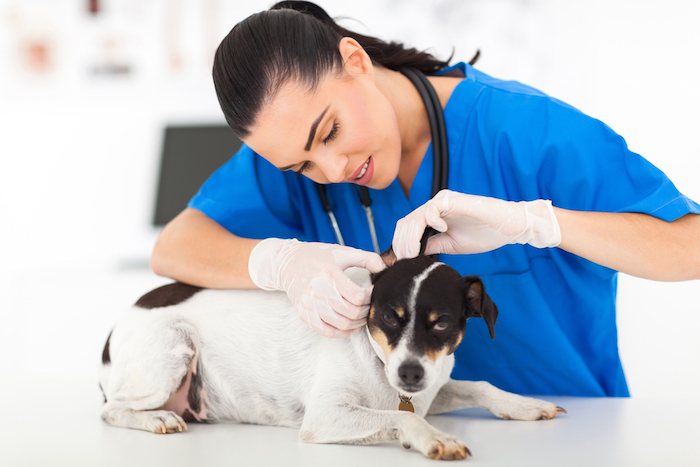
Years of poor diet can also result in deficiencies, fragile bones, kidney issues, liver issues, and much more. Cataracts and eye issues are common.
Shoddy genetics thanks to haphazard breeding can result in plenty of other expensive veterinary procedures ranging from correcting hip dysplasia and luxating patellas to soft palate surgery for short-nosed dogs.
Giving a puppy mill dog proper veterinary care is a noble and beautiful thing to do — but it can be expensive. Keep this in mind if you’re not in a position to put extensive finances into your dog’s veterinary care.
5. Your Puppy Mill Dog May Be More Comfortable with a Buddy
Puppy mill dogs are generally used to being around other dogs 24/7.
While I certainly don’t recommend getting a second dog just to benefit your struggling puppy mill dog (you should only get a new dog if the whole family wants a second dog), a socially savvy dog companion can do wonders to bring your anxious puppy mill pooch out of her shell.

At the shelter I used to work at, we often used friendly dogs to help teach fearful puppy mill dogs to be more confident. You may be able to do the same if you have friends with social dogs or if you already have a second dog.
Of course, not all puppy mill dogs love other dogs. But since most puppy mill pooches are raised side-by-side with other pups, you can often use their need for canine companionship to your advantage!
6. Some Puppy Mill Dogs Struggle with Healthy Relationships
Some owners really struggle to connect emotionally with their new puppy mill dogs.
It can be devastating to have a new dog that’s afraid of you (and terrified of your vacuum, and plastic bags, and the beeping microwave, and just about everything else). It’s hard not to take this personally. This lack of emotional connection can make it even harder to deal with health or behavioral issues.
On the flip side, some puppy mill rescue dogs become borderline obsessed with their owners. They are constantly clingy with their owners and experience full-on panic when left alone. These dogs may benefit from canine behavioral medication.
Separation anxiety and general distress at being left alone is extremely common in puppy mill dogs, and it’s something you’ll likely need to work on with a reputable dog behaviorist.
7. Rehabilitating A Puppy Mill Dog Can Be Incredibly Rewarding
It’s not all doom and gloom. Rehabilitating a puppy mill dog is one of the biggest learning experiences that many dog owners can take on.
Helping a shy dog come out of her shell, earning her trust, and teaching her that the world is actually a nice place makes your heart grow to three times its size.
If you’re up for the challenge, adopting a puppy mill rescue dog is one of the most amazing things you can do as a dog owner. Just be sure that you know what you’re getting into so that you and your dog are both set up for success.
What do you love about your puppy mill rescue dog? What did you overcome together? Let us know in the comments!
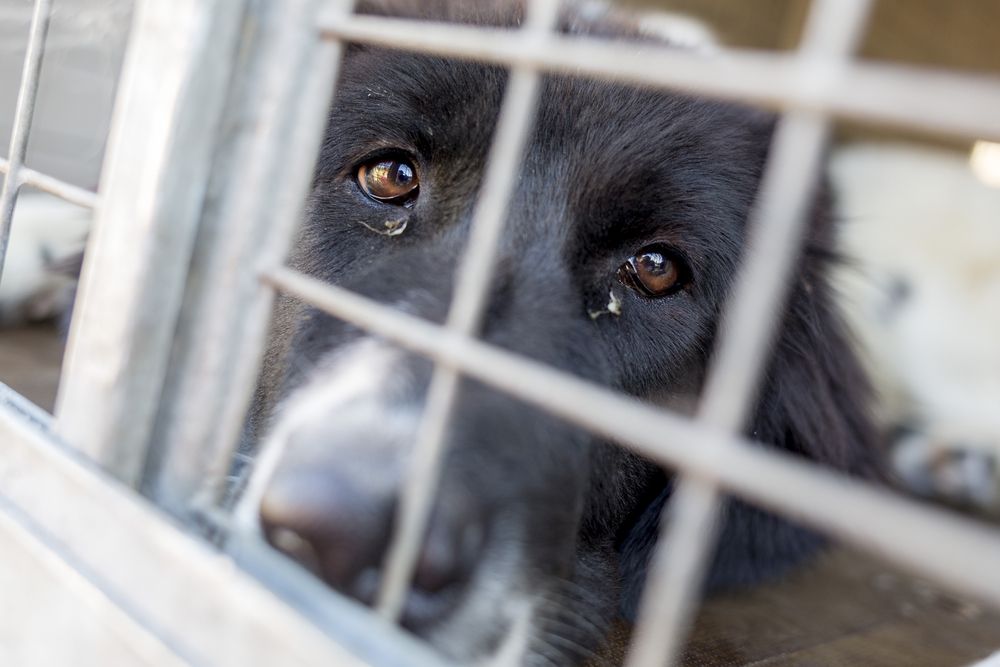



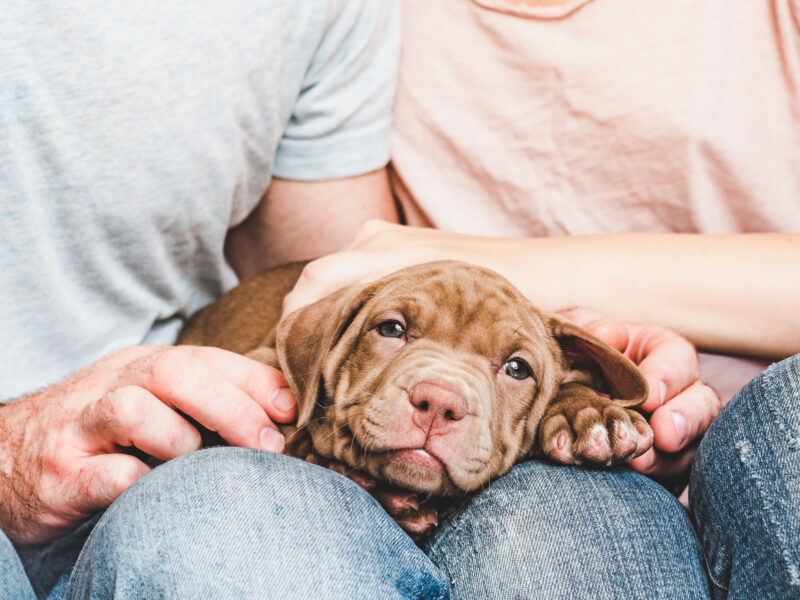

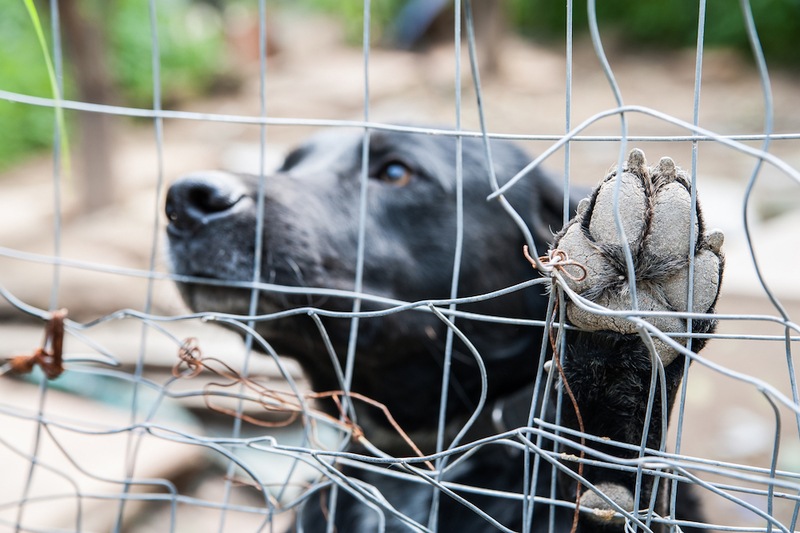

Leave a Comment